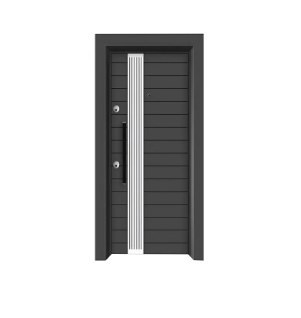A building entrance door is more than just a point of access; it represents the character of the entire structure. From residential complexes to office towers, the entrance is the first element noticed by visitors, tenants, or clients. Choosing the right building entrance door requires attention to design, durability, and performance. It needs to provide both security and visual balance, offering a welcoming impression while ensuring reliable protection.
The material of a building entrance door plays a significant role in its quality and function. Options such as steel, aluminum, glass, and composite panels allow flexibility in matching architectural styles. While steel doors emphasize strength, glass doors introduce transparency and modern elegance. Many contemporary designs incorporate a combination of these materials to achieve both durability and visual appeal.
Another important factor is insulation. A well-structured building entrance door can contribute to energy efficiency by maintaining indoor temperatures and reducing heat transfer. This feature is particularly relevant for commercial properties where energy management directly impacts operational costs. Additionally, weather-resistant coatings and sealing systems extend the door’s lifespan, making it suitable for different climates.
Beyond technical features, the design of a building entrance door influences how people perceive the building itself. Sleek finishes, decorative elements, and thoughtful handle placement can transform a door into a statement piece. Architects and developers often use this element to reflect the overall identity of the property.
In many modern developments, building entrance doors are equipped with access control systems. Integration with electronic locks, intercoms, and smart entry solutions provides a blend of convenience and safety. This ensures residents or employees can enjoy easy access while unauthorized entry remains restricted.
Ultimately, a building entrance door serves as a functional and symbolic component of architecture. By combining durability, aesthetics, and technology, it helps define the user experience from the very first step.



